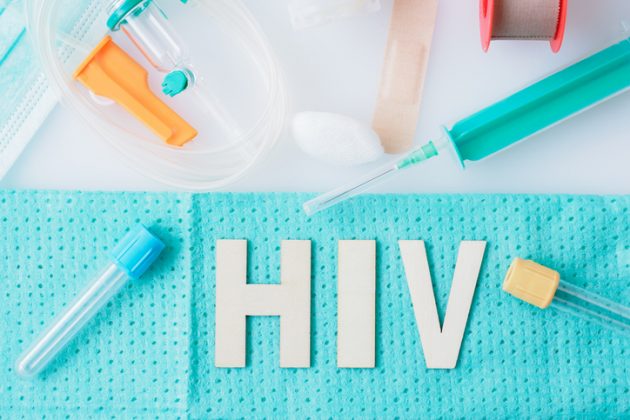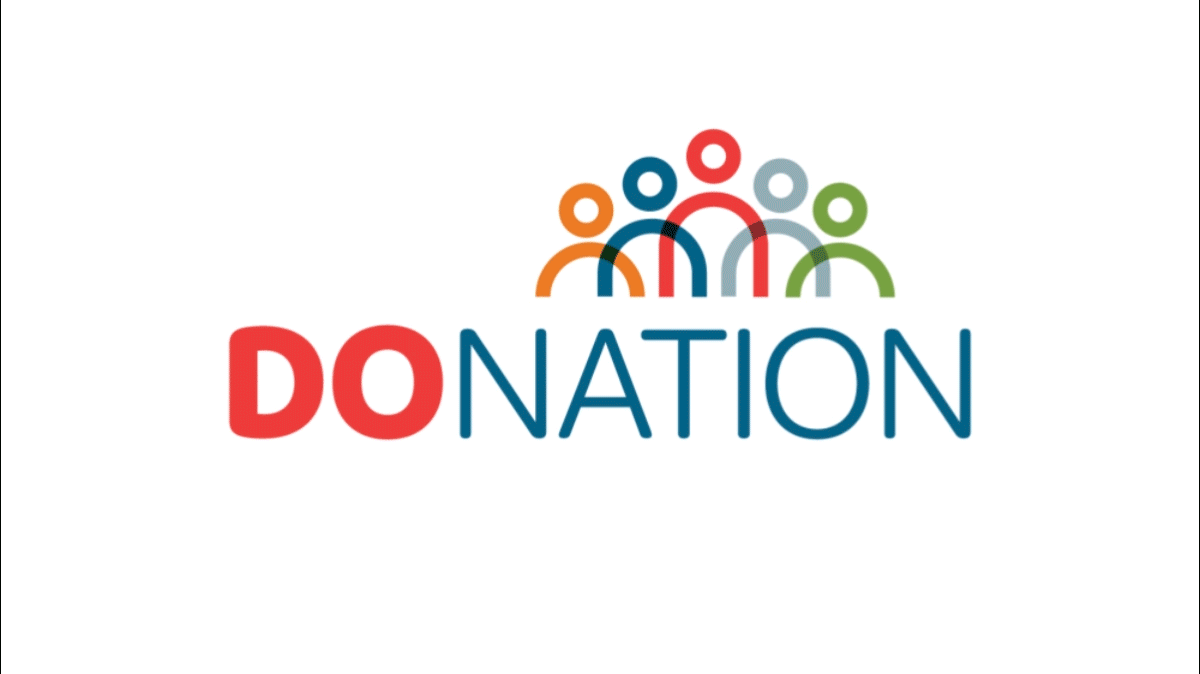POLITICO’s Dan Diamond, Adam Cancryn and Brianna Ehley report.
THE MINEFIELD AHEAD FOR TRUMP’s HIV PLEDGE — The president’s State of the Union pledge to end the HIV epidemic by 2030, which largely came as a surprise to patient advocacy organizations, now faces questions from all sides,
Health care groups say they’re skeptical of Trump after two years of attempts to cut AIDS funding and weaken health protections. Democrats warn they’re not interested in approving new money until the president reverses his policies.
Meanwhile, Trump’s supporters in the faith community want their own assurances and are encouraging HHS to highlight the connection between sexual behavior and the possibility of contracting HIV. More.
— How HHS is planning to pay for it: The administration has initially targeted about $250 million in new funding next year, steered mostly to the CDC and the health department’s Ryan White HIV/AIDS Program, according to three people with knowledge of the plan.
Hundreds of millions of dollars in additional funding would be phased in over subsequent years, although the commitment could change significantly as the Trump administration works through the budget process.
— How the experts see it: If Congress approved $250 million in new funding next year, “it would mark the single biggest boost to domestic discretionary HIV spending in years,” Jen Kates of the Kaiser Family Foundation told PULSE.
But Kates cautioned that it’s still not much money given the cost of PrEP — the pricey HIV medicines that can significantly reduce transmission risk but cost at least $21,000-plus per person per year. She also noted that the uncertainty about access to Medicaid and other coverage concerns hang over the initiative.
HOW HHS IS TRYING TO TAMP DOWN HIV PLAN CONCERNS — The key HHS officials overseeing the HIV initiative last week held a roundtable and several stakeholder calls with groups like the AIDS Institute, AIDS United and NASTAD, as well as faith organizations.
Several advocates who joined HHS for those conversations told PULSE that the outreach helped them understand the agency’s goals. “These leaders feel that we can make a contribution especially in reducing stigma, given the trust and influence that the faith community enjoys in local communities,” said Jonathan Imbody of the Christian Medical Association. Brett Giroir, the assistant secretary of health who’s driving the initiative, also stressed to advocates that the agency would work to be “inclusive” — a major concern of LGBT groups, for instance.
But two HIV advocates said the Trump administration still has much to prove. “[HHS] can be well-intentioned here, but the track record speaks for itself,” said one person who’s spoken with the administration, pointing to the agency’s decision to seek alternatives for fetal tissue. HIV researchers say the decision, driven by anti-abortion groups, is already complicating research to fight the disease.
— Meanwhile: HHS on Friday formally requested feedback on its National HIV/AIDS Strategy. The strategy was first launched in 2010 and is updated every five years; a new plan is due to be released in 2020. See the Federal Register posting.




